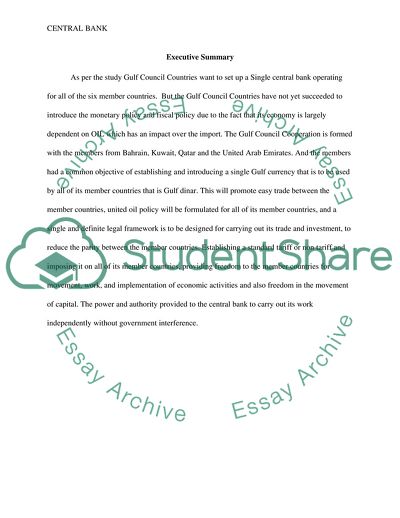Cite this document
(Central Bank Essay Example | Topics and Well Written Essays - 2250 words, n.d.)
Central Bank Essay Example | Topics and Well Written Essays - 2250 words. https://studentshare.org/finance-accounting/1846991-central-bank
Central Bank Essay Example | Topics and Well Written Essays - 2250 words. https://studentshare.org/finance-accounting/1846991-central-bank
(Central Bank Essay Example | Topics and Well Written Essays - 2250 Words)
Central Bank Essay Example | Topics and Well Written Essays - 2250 Words. https://studentshare.org/finance-accounting/1846991-central-bank.
Central Bank Essay Example | Topics and Well Written Essays - 2250 Words. https://studentshare.org/finance-accounting/1846991-central-bank.
“Central Bank Essay Example | Topics and Well Written Essays - 2250 Words”. https://studentshare.org/finance-accounting/1846991-central-bank.


